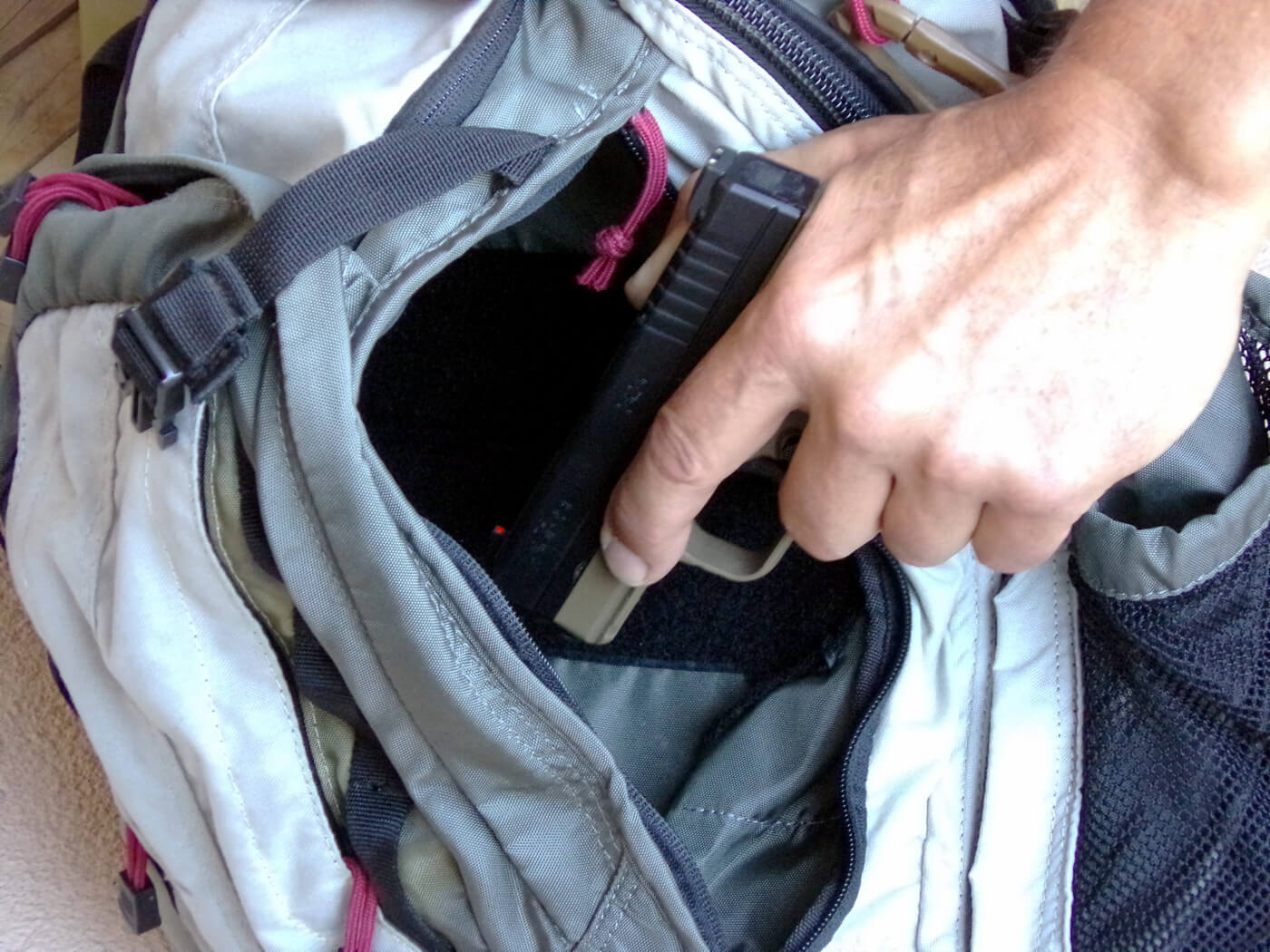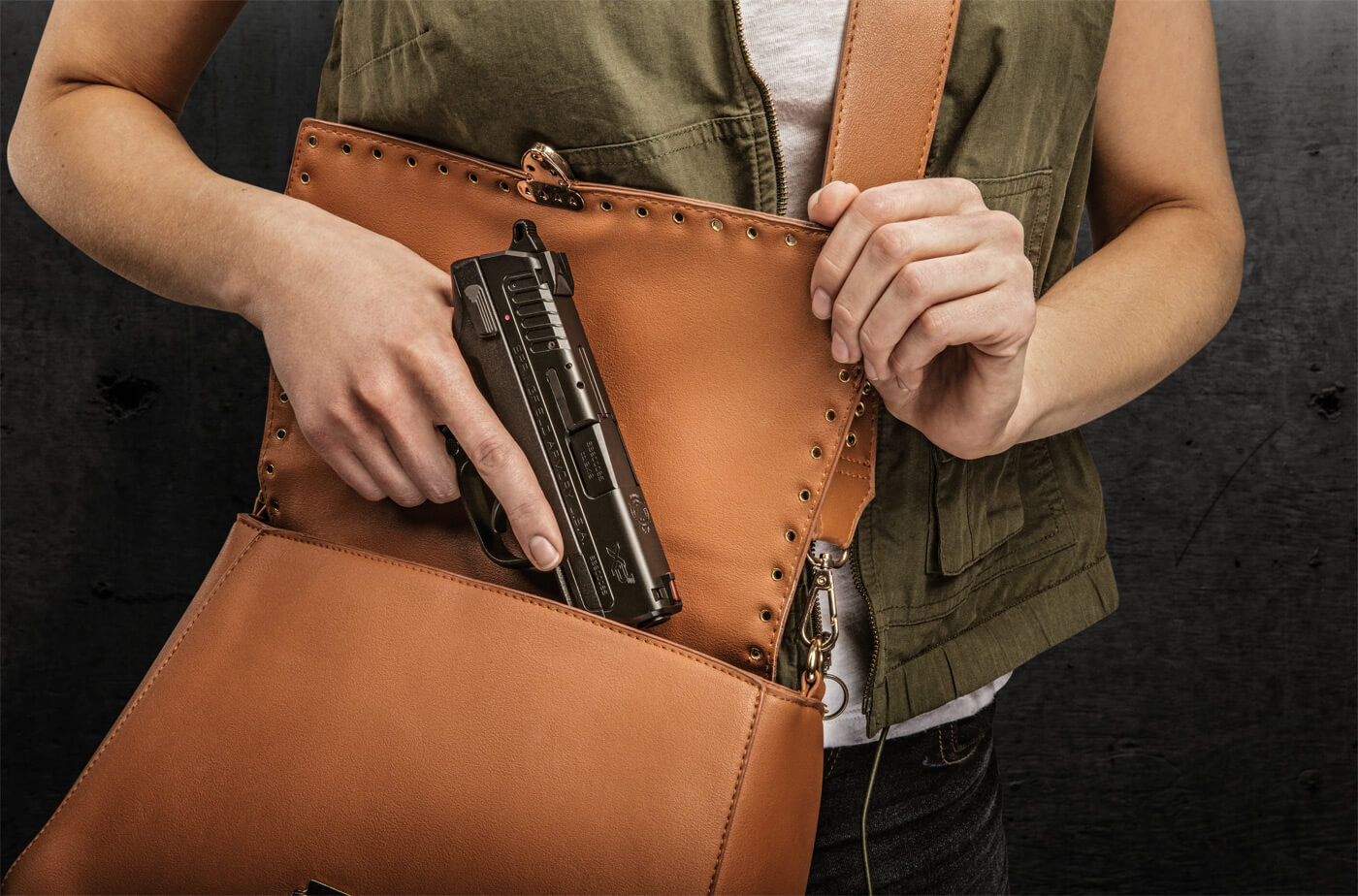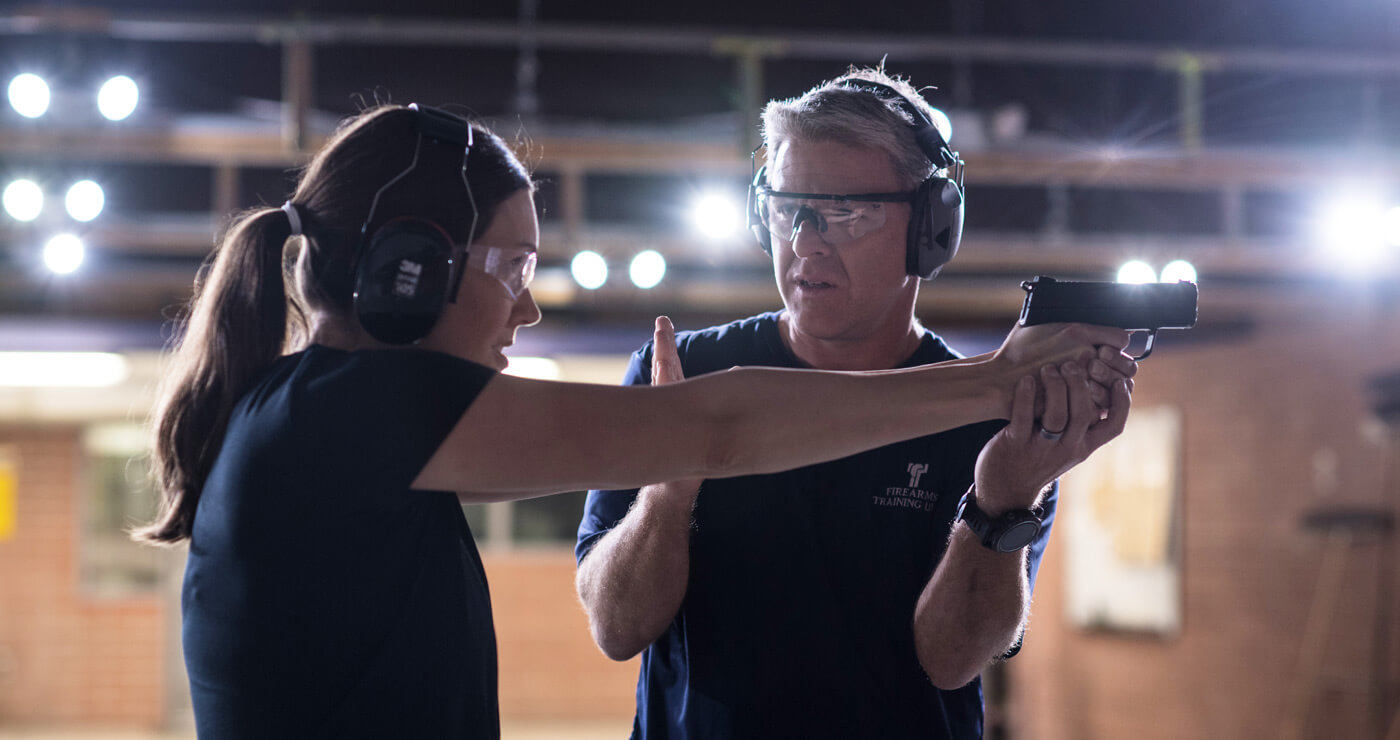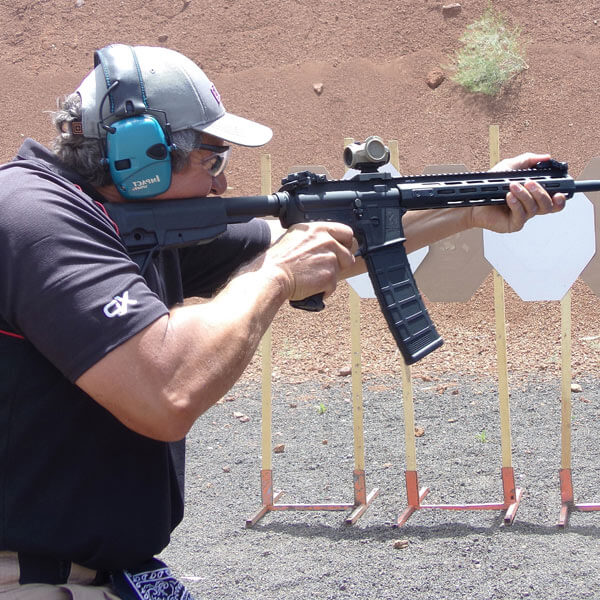Should You Off-Body Carry?
November 2nd, 2019
4 minute read
A topic of discussion — which is often overlooked — is different modes of carry, specifically off-body carry. Do you ever have a gun in your control area that is off body? My next questions might be, in what condition do you have these firearms, and do you have an associated mindset regarding these conditions? Safety is a must, balanced with making sure the firearm is accessible when you need it.
Two Rules for Carry
Unless I’m in a specific training environment, under cold-range rules or at a match/competitive event, I operate under two simple rules of thumb:
- Rule 1: When carrying a handgun holstered on my person, it will always be fully loaded, with a round in the chamber and the fully loaded magazine seated. If a single-action pistol, the hammer is cocked and manual safety engaged. If a double-action pistol, it is de-cocked, with the hammer down in double-action mode.
- Rule 2: If a handgun or rifle is off-body and within my range for my potential use (and also safe and secure at all times), it is stored with an empty chamber and a full magazine loaded and seated with hammer down if applicable.

Whether these guns are sitting on a shelf, in a backpack, cased in the backseat or the trunk of my vehicle, I have these guns in the mode I referenced in Rule 2 or, as I refer to it, cruiser-ready/cruiser-safe condition. Keep in mind that my children are grown and no longer at home, and they were all trained from a very young age to truly respect firearms, and under supervision, how to safely handle all firearms at all times. Your environment, situation and preferences may not be the same, so your storage conditions may be different. Never allow a gun to fall into unsupervised/unqualified hands — that is absolutely the most important rule. If you are not going to be within reach of the firearm, it should be secured.
Mindset Matters
This duo of simple rules — 1) on-person firearm is ALWAYS fully loaded, and 2) off-person firearm the chamber is empty with a fully loaded magazine seated — has worked for me. I have also developed the mindset and muscle memory to accompany my rules. If I need to pick up or retrieve an off-body firearm, while establishing a firing grip with my dominant hand, my support hand must simultaneously work the slide or charging handle to load the gun.
Is there a loss of time in firing the first round with the off-body mode? Maybe, but the tradeoff for me is that I know with an off-body carry or condition, the firearm is safest, but also quickly deployable.

Through decades of training and competitive shooting I have extensively practiced these carry conditions and have actually tested them “real time” on several occasions. If you carry off body and in my Rule 2 mode, you too can put in practice time with little effort.
Training Time
If you want to use an off-body carry mode, insert an off-body start into your training regime. Do this during your own practice sessions and/or make it a habit to attend a local club match. Many of the USPSA, IDPA, 2-Gun and 3-Gun matches routinely have some type of “empty gun” start.
I am the co-match director for a local IDPA match. As it started getting into the hotter months in Arizona, my co-facilitator and I decided to have every stage begin with some type of “table top start” (off-body carry start). This also meant we could give our competitors a break on having to wear a cover garment during the Arizona summer heat.
Whether at a match or on your own at the range, I highly recommend getting some practice under the pressure of the timer. It may just prove to be priceless.

When It Counts
How and what you carry is a very personal choice. My suggestion is to have an overall plan for many scenarios. Think through and train with your plan(s). Routinely envision “What would I do if…” situations. Train these plans out with consistent range time and match attendance so your skill set and actions become subconscious and reliable. And then you will be able to decide if off-body carry is right for you.
Join the Discussion
Continue Reading
Did you enjoy this article?

 54
54






